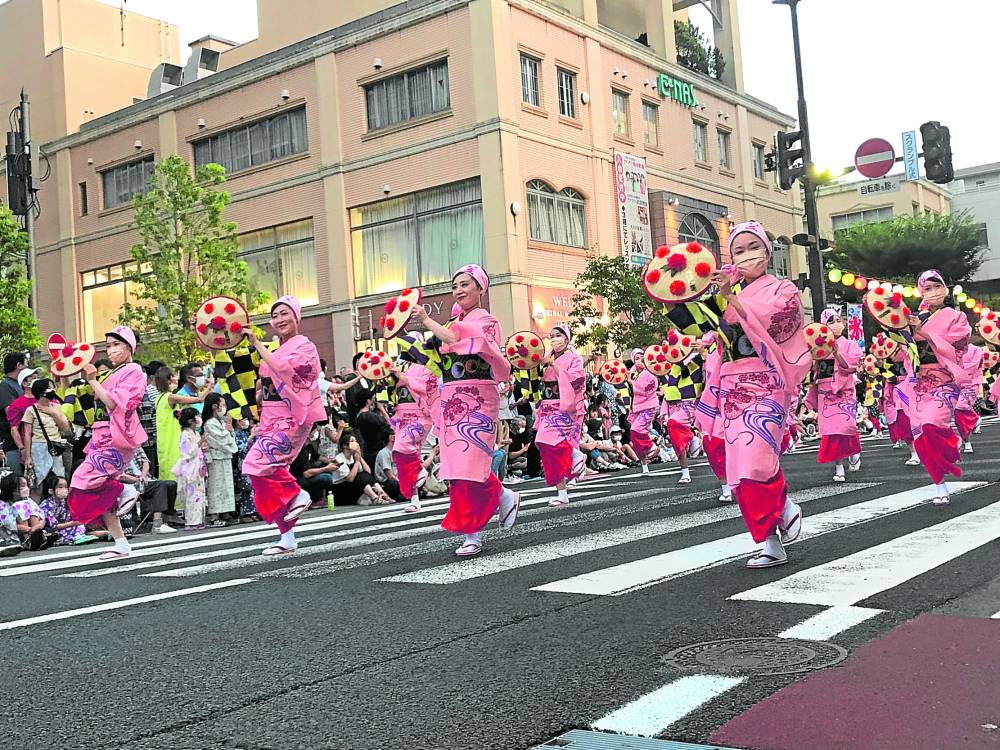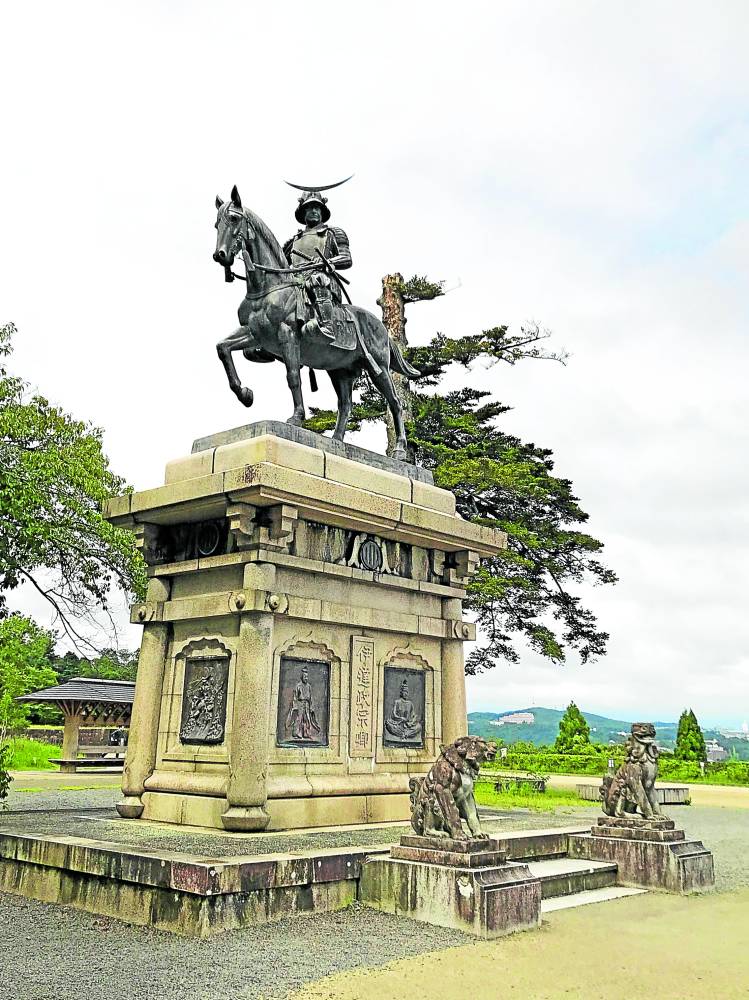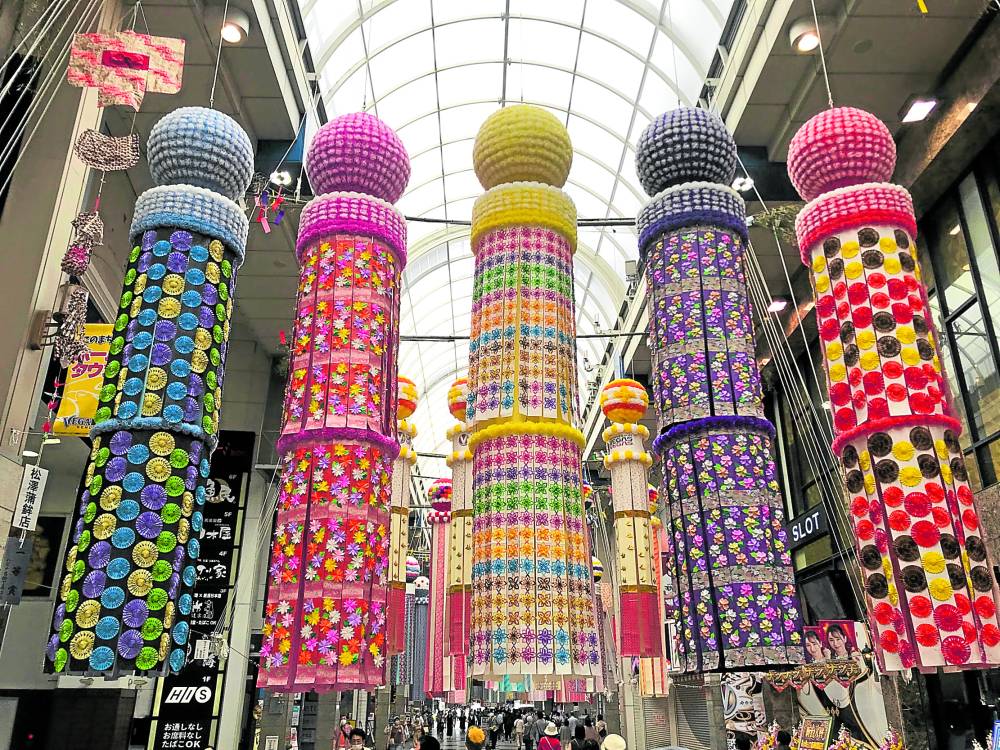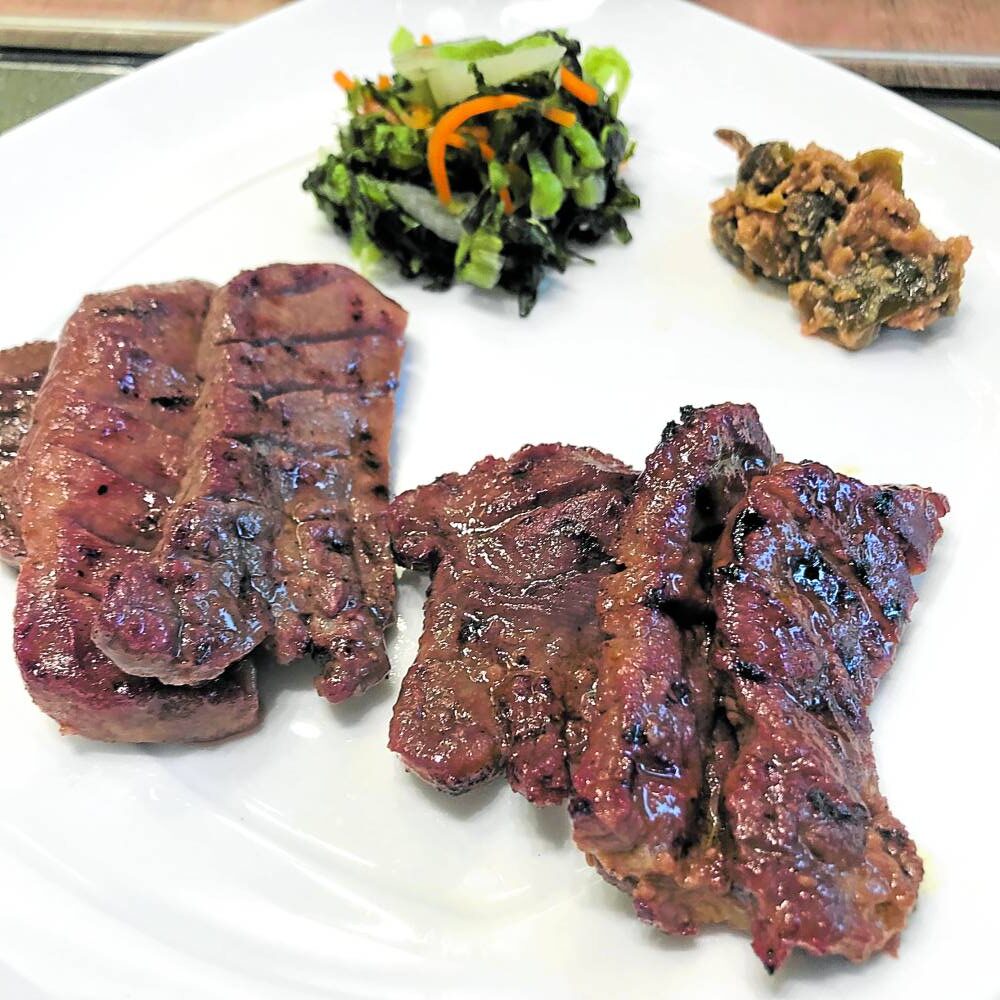
Kuya Angelo, I’ll be in Yamagata in two weeks. Are you free to meet up?” read the Facebook message from Singapore-based Filipino friend Philip. “Seriously? Yamagata? Why Yamagata?” I replied, my eyebrows furrowed. Unless you are an off-the-beaten path kind of adventurous traveler, Yamagata will most probably not be on your list of places to visit in Japan. (Turned out Philip is.)
Yamagata Prefecture, some 400 kilometers north of Tokyo, is in the Tohoku region of Japan. Its name, which literally translates to “mountain shape,” couldn’t be more appropriate given that wherever one casts their eyes upon, a mountain would most likely be in their line of sight.
Need a break from Tokyo or Osaka? Want to experience a Japanese matsuri (festival)? Then, calendar a trip to Yamagata City on the first weekend of August. Double your travel experience by adding Sendai City in next door Miyagi Prefecture to your weekend itinerary.
Yamagata City’s Hanagasa Matsuri and Sendai City’s Tanabata Matsuri are both happening on the first weekend of August, and it’s a good chance to get acquainted with what both places have to offer.

Compared to other major festivals of Japan, Yamagata’s Hanagasa Matsuri is relatively new. Started just in 1963, the highlight of the festival is a parade where about 100 groups perform the traditional dance hanagasa odori (flower hat dance) along a 1.5-km main street of Yamagata City. The key piece is a flower hat called hanagasa. It is decorated with Yamagata Prefecture’s flower, safflower or benibana.
Even though you may not understand the lyrics of the accompanying song, you will most certainly be pulled into the festive atmosphere as performers dance to Hanagasa music while shouting “Yassho! Makkasho!” The story goes that workers constructing a flood embankment back in early 1900s for one of Yamagata’s towns shouted yassho and makkasho to boost their spirits and morale. Many schools, companies and local groups participate in the parade.
Art and folk museums
Before you watch the Hanagasa Matsuri parade in the early evening, spend the day doing a walking tour around Yamagata Station. Stop by the old Saiseikan Hospital Building located in Kajo Park, 15 minutes away on foot from the station.
Built in 1878 as a prefecture hospital, the restored building now serves as a local history museum housing artifacts related to medicine. Almost all of the captions are in Japanese, but just for the architecture, it is worth a visit. The building is designated as a National Important Cultural Property and is representative of Japanese architectural styles during the early Meiji period. Admission is free.
Nearby is Yamagata Museum of Art, home to works by renowned Japanese artists, impressionists and contemporary artists. The collection of modern French paintings is from a local company, Yoshino Gypsum, and among the art pieces that can be seen are those by Renoir, Monet, Kandinsky, Cezanne and Degas. Entrance fee is ¥800 (P320).
Bunshokan, which is another name for the Yamagata Prefectural Folk Museum, is the endpoint of the Hanagasa Matsuri parade. Make it your final stop before heading to the parade venue across from the building. Bunshokan used to be a prefectural government building and a prefectural capitol until 1975. The brick building was built in 1916 during the early Taisho period. Fans of Japanese manga-turned-movie “Rurouni Kenshin” would also certainly want to pay a visit, since scenes from “Rurouni Kenshin: Kyoto Inferno” and “Rurouni Kenshin: The Legend Ends” were filmed in the historical building. Admission is free.
Colorful decorations

After spending your Saturday in Yamagata City, take the bus or the train to Sendai City the following day to enjoy Tanabata Matsuri.Also called the Star Festival in Japan, Tanabata Matsuri is a festival where people write their wishes on long, colorful strips of paper called tanzaku, which are then hung on bamboo trees. While celebrated across the country, Sendai’s Tanabata Matsuri is one that attracts throngs of travelers to marvel at the hundreds of painstakingly handmade colorful decorations called sasakazari. The first feudal lord of Sendai, Date Masamune (1567 to 1636), is believed to have promoted the festival. With its 400-year history, Sendai’s is one of the oldest summer festivals in Japan.

Starting from Sendai Station’s west exit, make your way to the nearby shoutengai (shopping arcades) to admire the bright-colored sasakazari hanging from 10-m-long bamboo poles decorated with various origami pieces made from Japanese washi paper. Local shop owners, students and other groups usually make the sasakazari months in advance.
Spend another day in Sendai and go sightseeing via the Loople Sendai city loop bus. The one-day pass costs ¥630 (P250) and takes you to major sightseeing spots within Sendai City, including the former site of Sendai Castle. While the castle no longer stands, you can see a view of Sendai City from the hilltop where the castle used to be.

Cap off your weekend trip with Sendai’s local dish gyutan. The sliced beef tongue is cooked over a charcoal grill and has a juicy beefy flavor. Order the gyutan teishoku set meal which comes with the grilled beef tongue, barley rice, soup and some pickled vegetables. For omiyage shopping, Sendai Station has plenty of shops that sell Miyagi Prefecture’s and Tohoku’s special products.
Depending on what season you decide to visit, both Yamagata and Sendai have various activities to do, places to visit. The Hanagasa Matsuri and the Tanabata Matsuri are just a preview of what Yamagata and Miyagi prefectures have to offer. Zehi, itte kudasai. (Please do visit!)
Yamagata is accessible by the Yamagata Shinkansen Tsubasa from Tokyo. The shinkansen ride to Yamagata Station takes about two hours and 50 minutes and is covered by the Japan Rail Pass and the JR East Tohoku Area Pass. From Yamagata Station, you can take the train via JR Senzan Line or the bus (Yamako Bus). Fare is about ¥1,200 (P500). Take the Tohoku Shinkansen from Sendai Station to head back to Tokyo. Travel time is about 100 minutes.Yamagata’s Hanagasa Matsuri is on Aug. 5 to Aug. 7, while Sendai’s Tanabata Matsuri is on Aug. 6 to Aug. 8.








































